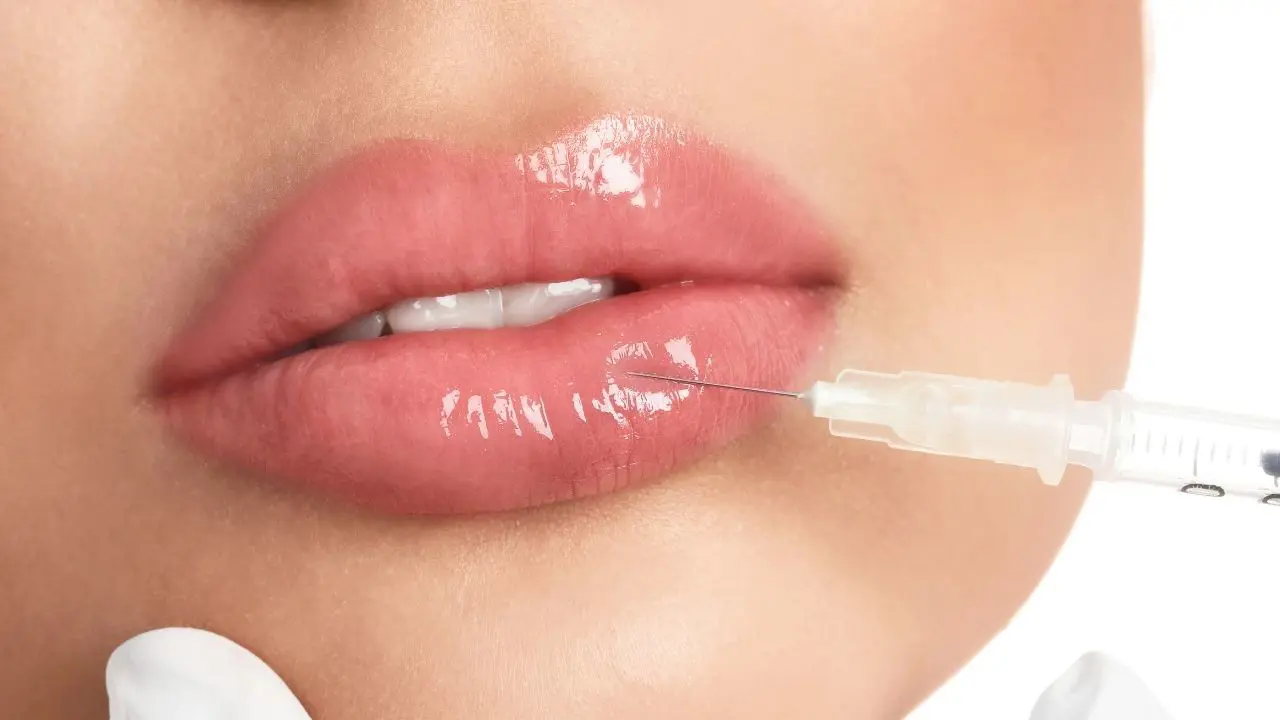
Medical aesthetics refers to a branch of medicine that focuses on enhancing a person's appearance through non-invasive or minimally invasive cosmetic procedures. These procedures are typically performed by trained medical professionals, such as dermatologists, plastic surgeons, or specialized nurses, in medical settings such as clinics or medical spas. Medical aesthetics encompasses a wide range of treatments aimed at improving skin health, reducing signs of aging, and enhancing overall facial and body aesthetics. Here are some common medical aesthetic treatments:
Injectables
- Botulinum Toxin (Botox): Used to temporarily reduce muscle activity and smooth out wrinkles, particularly in the forehead, between the eyebrows (frown lines), and around the eyes (crow's feet).
- Dermal Fillers: Injectable gels made of hyaluronic acid or other biocompatible materials used to add volume, fill in wrinkles and lines, and restore youthful contours to the face, lips, and hands.
Skin Rejuvenation
- Chemical Peels: Chemical solutions applied to the skin to exfoliate dead skin cells, improve skin texture, reduce fine lines and wrinkles, and treat acne, hyperpigmentation, and uneven skin tone.
- Microneedling: A minimally invasive procedure that uses tiny needles to create controlled micro-injuries in the skin, stimulating collagen production and promoting skin rejuvenation, texture improvement, and scar reduction.
- Laser Skin Resurfacing: Laser technology used to improve skin tone and texture, reduce wrinkles, minimize scars, and treat pigmentation irregularities, sun damage, and vascular lesions.
Body Contouring
- Liposuction: Surgical procedure to remove excess fat deposits from specific areas of the body, such as the abdomen, thighs, hips, arms, or chin, to improve body contour and proportions.
- Non-Invasive Fat Reduction: Procedures such as cryolipolysis (CoolSculpting) or laser lipolysis (SculpSure) that use controlled cooling or heat energy to selectively target and destroy fat cells without surgery.
- Cellulite Reduction: Treatments such as radiofrequency therapy, acoustic wave therapy, or laser therapy used to improve the appearance of cellulite by tightening the skin and reducing the dimpled appearance.
Hair Restoration
- Platelet-Rich Plasma (PRP) Therapy: A procedure that involves injecting a concentrated solution of the patient's own platelets into the scalp to stimulate hair growth, improve hair thickness, and treat conditions such as alopecia or thinning hair.
- Hair Transplantation: Surgical procedure to transplant hair follicles from a donor area (usually the back or sides of the scalp) to balding or thinning areas, restoring natural-looking hair growth.
Medical Skin Care
- Prescription-Strength Topical Treatments: Dermatologist-prescribed skincare products containing active ingredients such as retinoids, hydroquinone, or alpha hydroxy acids to address specific skin concerns, including acne, aging, hyperpigmentation, and sun damage.
- Professional Skin Treatments: Customized skincare treatments, including facials, microdermabrasion, or medical-grade peels, performed by trained aestheticians or medical professionals to cleanse, exfoliate, hydrate, and rejuvenate the skin.
Medical aesthetics treatments are tailored to each patient's unique needs, goals, and skin type, and are performed under the supervision of qualified healthcare professionals to ensure safety and efficacy. It's essential for individuals considering medical aesthetic procedures to undergo a thorough consultation with a qualified provider to discuss treatment options, expectations, potential risks, and benefits before proceeding with any cosmetic treatment.
